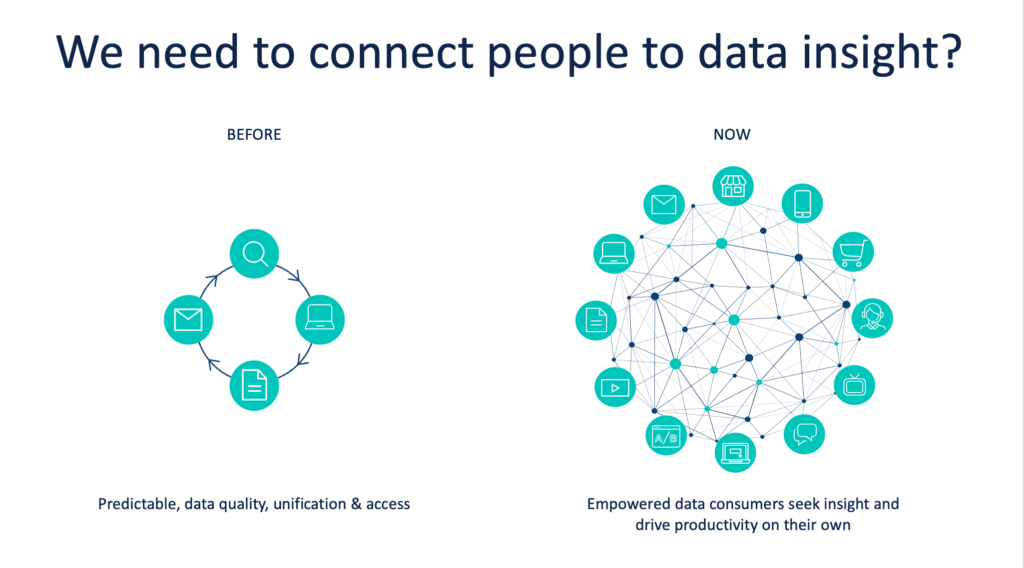AI and Enterprise Search Empower Remote Workers in a Post-Covid 19 Era
Covid-19 has impacted operations for 78% of businesses, with 62% experiencing a fall in employee productivity. Learn how businesses are working to distribute information to their virtual digital workforces and customers seeking information online.

The teleconferencing company Zoom has seen a massive increase in profits and has doubled its annual sales forecast, driven by a surge in users as more people work from home and connect with friends online during the coronavirus crisis.
There is enough evidence out there to suggest that work from home is here to stay. A Gartner survey revealed that 74% of CFOs intend to shift at least 5% of their employees permanently to remote work.
According to EY/Government Business Council | 2451 Group, March & May 2020:
- 75% of organizations have or will be implementing expanded work-from-home polices
- 38% that think work-from-home policies will become be long-term or made permanent
- 62% experienced a fall in employee productivity
- 41% report having already felt an internal strain on the IT resources
- 51% [of public sector professionals] identified lack of internal coordination as the greatest challenge to government transformation programs
The transition to a virtual digital workspace is challenging. Both ECM solutions and workplaces have changed a lot over the past decade. As technology has evolved so has the way that companies work. Business has gone digital and there’s no going back. The digital workplace was designed to increase collaboration and remove the barriers: to perform at their best, employees need to have easy access to the organization’s content.
When we talk about how to better provide information to employees, organizations look at these top three priorities:
- Provide a unified single source of information,
- Enable employees and customers to access key information quickly and easily,
- Provide richer data insight for line of business decision makers.

The idea of digital transformation is a great theory but in reality, it requires coordination, unless you have the right tools and capabilities. What if machine learning (ML) could help automate mundane tasks and artificial intelligence (AI) could provide insight into data from micro applications? What if you could make faster business decisions and also have a simpler, personalized, consistent experience across your devices? Or if a virtual assistant could track your meeting agendas or list all your sales opportunities in an instant?
An intelligent workspace can connect all your business systems, applications and IoT edge systems to a remote worker. Let’s listen from experts how to scale information dissemination to the virtual digital workspace.
Major companies are now looking at workplace intelligence as a means to work process transformation. Gartner predicts that the greatest source of competitive advantage for 30% of organizations will come from the workforce’s ability to creatively exploit emerging technologies such as artificial intelligence (AI), the Internet of Things (IoT) and augmented analytics.
The original version of this article can be found at Xenit
Best of the Month. Straight to Your Inbox!
Dive into the best content with our monthly Roundup Newsletter!
Each month, we handpick the top stories, insights, and updates to keep you in the know.